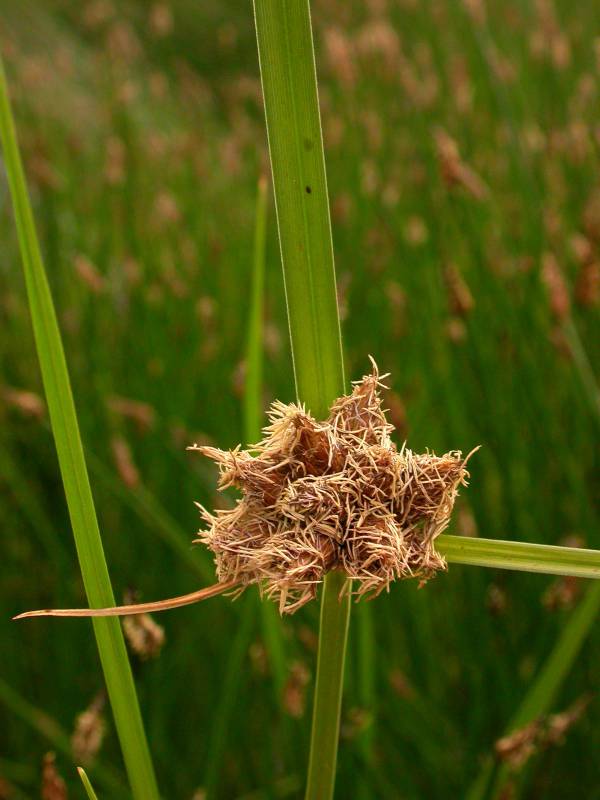Hosted by the University of Washington Herbarium, Burke Museum
Publication: Acta Phytotax. Geobot. 31: 148. 1980.
Origin: Native
Herbarium search: CPNWH
Notes: FNA23: "Bolboschoenus maritimus belongs to a difficult, worldwide complex, in which the delimitation of specific and infraspecific taxa is still unclear. The new lectotype and epitype from the Baltic coast of Sweden selected by S. G. Smith and I. Kukkonen (1999) are used here as the basis for redefining B. maritimus subsp. maritimus, which was previously defined to include B. yagara (Ohwi) Y. C. Yang & M. Zhan (J. Browning et al. 1996; Z. Hroudová et al. 1998).
It seems likely that some populations of both Bolboschoenus maritimus subsp. maritimus and B. maritimus subsp. paludosus have been introduced into the flora from Eurasia.
Many bipistillate specimens from Eurasia and Africa are very similar to American plants. Further study may show that these plants should be included in Bolboschoenus maritimus subsp. paludosus.
Plants from seashores have bright brown floral scales and medium to dark brown achenes; plants from the western interior have bright brown to very pale floral scales and/or achenes.
Around Chicago, Illinois, Bolboschoenus maritimus subsp. paludosus is spreading with other halophytes in roadside ditches where salts accumulate; it is likely to occur elsewhere in similar conditions. Bolboschoenus maritimus subsp. paludosus is planted for waterfowl food (H. A. George 1963, as Scirpus robustus), and in California it is sometimes mixed with B. glaucus and hybrids. The tough inner vascular cores of the rhizomes are used by Native Americans of the Pacific Coast in making baskets."
Last updated 9/23/2023 by David Giblin.

